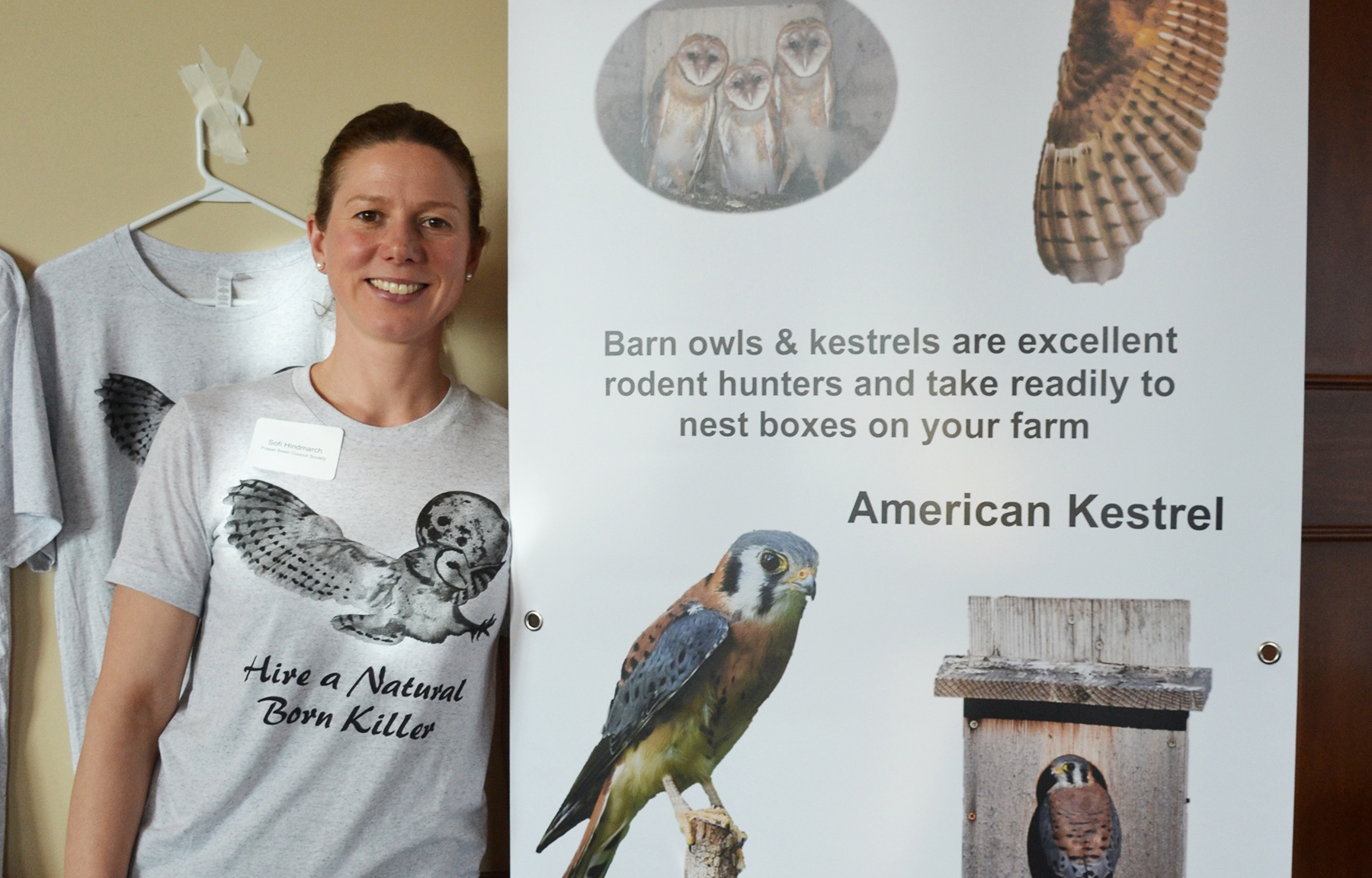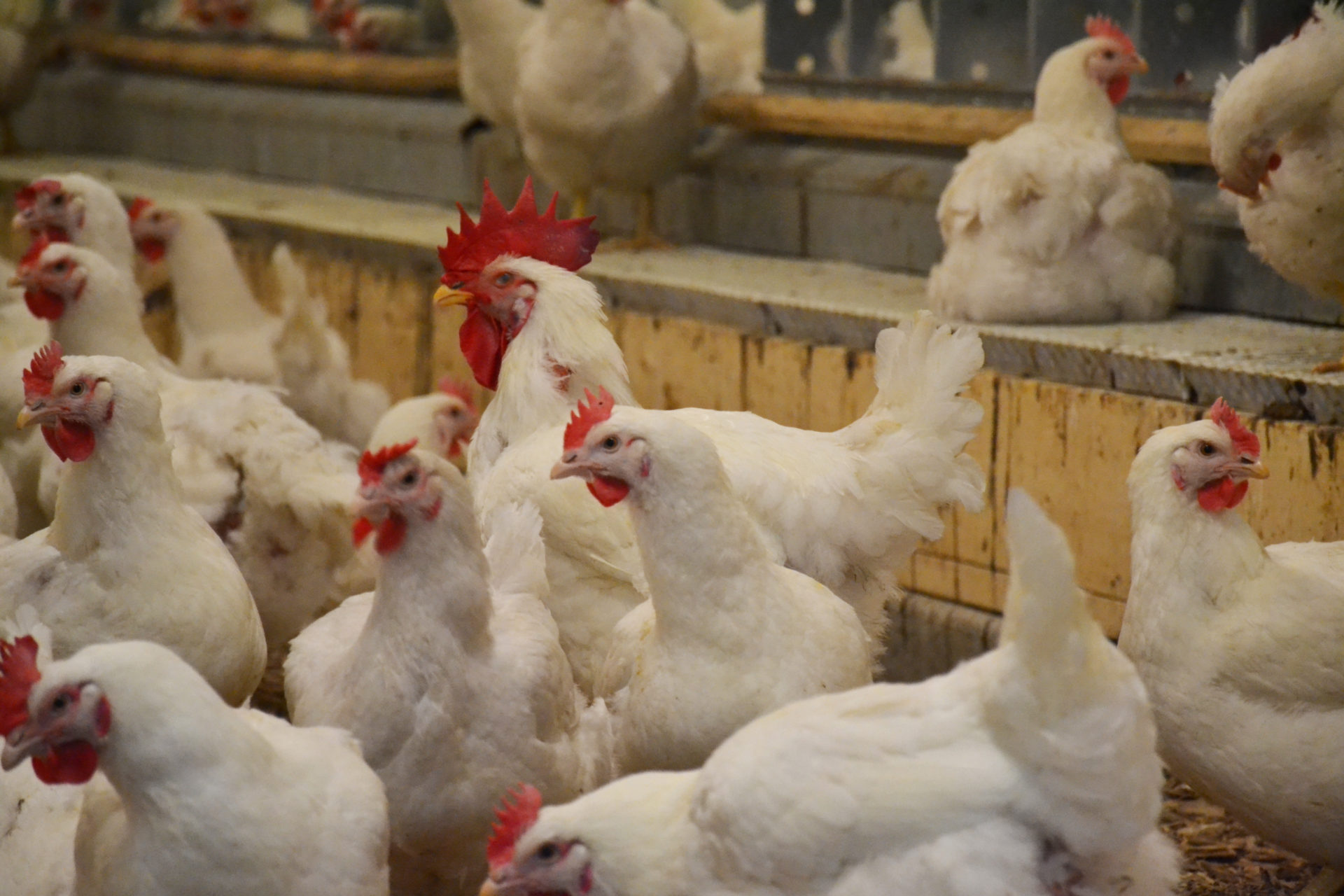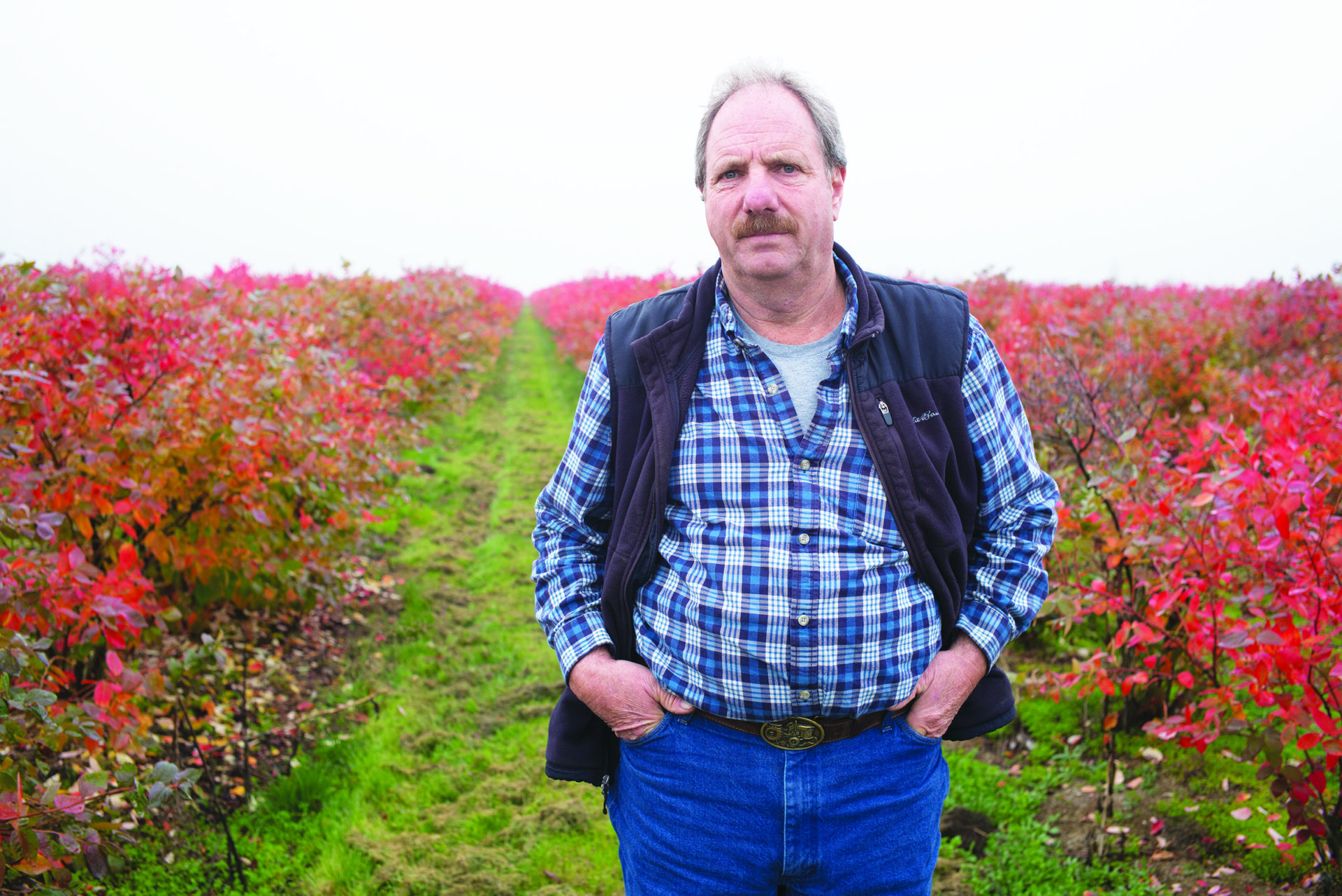LANGLEY – Vole, mouse, shrew or mole: researcher Sofi Hindmarch wants to help blueberry growers better understand the rodents in their fields to help them reduce the volume and cost of rodenticides and improve the health of their plants.
A project co-ordinator with the Fraser Valley Conservancy, Hindmarch’s work with barn owls and other raptors is well known around the Lower Mainland. This project will include producing videos to help educate farmers.
“We are getting with the times,” she says.
The videos will provide information similar to fact sheets but delivered in a way that can be easily accessed on phones, computers and tablets. The first will be about voles because they’re especially prone to mistaken identity.
The Townsend’s vole is typically 11 to 14 cm in length (excluding the tail) and weighs 45 to 90 grams. It has chocolate brown fur that hides the ears, and a tail less than half its body length.
Deer mice are very common in blueberry fields and are much smaller (15 to 25 grams) with light brown to grey fur, visible rounded ears, long tails and they tend to hop along the ground rather than run like a vole.
Shrews and moles are often in blueberry fields but are seldom seen, which shouldn’t be troubling because shrews eat insects and moles eat worms. They don’t dine on plant roots and stems like a vole.
Of the rodents, only the voles feed extensively on woody shrubs and tree seedlings when grasses and sedges aren’t available, primarily in the late fall and winter. They can cause a significant amount of damage to a blueberry field.
While appearance is one way to determine if a rodent is a vole, mole or mouse, another method of identification is by looking at the tunneling.
Voles leave holes in the ground of about five centimeters in diameter, whereas mouse holes are much smaller, at about 2.5 centimetres. Vole holes lack dirt piles, unlike molehills.
Vole tunnels are often visible on the surface of the ground as runway depressions that lead to holes and deeper tunnels. The highest vole densities typically occur in fall and winter and their tunnels are commonly seen when the snow melts.
Voles like to burrow along the rows of blueberry bushes, giving them easy access to roots and stems for food. Some of the signs of feeding on blueberry bushes include parallel grooves from front teeth, scratch patterns in various directions, damage above or below ground and any damage will also have tunnels and runways nearby.
While weevil damage may mimic vole damage, it lacks the parallel teeth grooves, a presence of weevil larvae, leaf notching from adult weevils and a lack of tunnels and runways.
“The key thing we want to get to farmers is the (correct) identification of voles in a blueberry field,” Hindmarch says.
According to Hindmarch, monitoring shows that fields with less vegetation (or close-cropped grass) have fewer voles as do fields that flood and aren’t adjacent to grassy fields.
Reducing rodenticide use
A second video will focus on a subject near and dear to Hindmarch’s heart – reducing rodenticide use.
“We want to reduce the amount of rodenticide in the agricultural landscape,” she says.
Rather than constantly deploying rodenticides, Hindmarch recommends using them in a targeted and efficient manner. This requires an understanding of rodent behaviour and a regular assessment of the effectiveness of the controls.
Rodenticides approved for use in fields include brands like Ground Force, Ramik Green and Ramik Brown.
She says rodenticides should be the last resort of control, not the first or only option.
“All our residue data is showing the rodenticide in raptors is 100%,” says Hindmarch. This means that every raptor studied has at least one type of rodenticide in their system, often more. Hindmarch’s research has found rodenticides can harm these traditional friends of farmers and leave them unable to fly properly. Many die.
Part of keeping raptors (and pets) safe starts with reducing grassy vegetation and monitoring. If this isn’t effective, a targeted PVC pipe bait station can be placed where damage is most severe, as voles don’t travel far from their holes. By using bait stations only in areas with damage, farmers can reduce rodenticide costs.
Since raptors eat voles, Hindmarch says bait stations should be temporary to prevent secondary poisoning of raptors.
Ideally, Hindmarch would like to see raptors like barn owls or hawks used to control vole populations. She continues to set up nest boxes on farm land to encourage barn owls and advise farmers on where to place perching poles to attract raptors that can assist in rodent control.
Vole control in blueberries
Raptors can help control rodents


 Poultry growers adjust to reduced antibiotic use
Poultry growers adjust to reduced antibiotic use